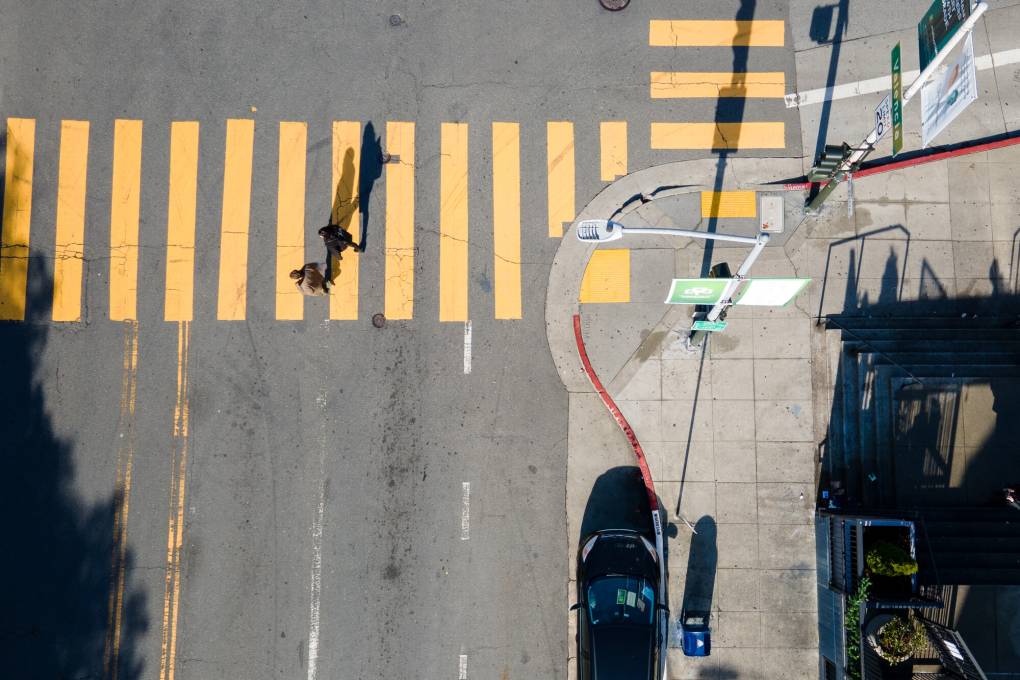Navigating New "Daylighting" Laws in the Bay Area for 2025
As we step into 2025, California drivers will need to familiarize themselves with new "daylighting" regulations aimed at enhancing pedestrian safety. Assembly Bill 413, which prohibits parking within 20 feet of pedestrian crosswalks, will see strict enforcement across the Bay Area starting this year.
What is Daylighting?
Daylighting is designed to prevent vehicles from parking too close to crosswalks, increasing visibility for both drivers and pedestrians, thereby reducing potential collisions. In specific terms, the law forbids stopping, standing, or parking a vehicle within 20 feet of marked or unmarked crosswalks or within 15 feet where curb extensions are present.
How to Avoid a Ticket
1. Understand the Law: Familiarize yourself with how far 20 feet is from a crosswalk. In San Francisco, this distance is about the length of one metered parking space.
2. Check for Markings: While not all daylighting spots will be marked, it’s crucial to observe and avoid parking near crosswalks, as cities are not required to paint curbs or remove parking meters.
3. Stay Updated on Local Enforcement: Enforcement will vary by city. For instance, San Francisco will begin issuing fines starting March 1, with penalties ranging from $40 for unmarked to $108 for red curb violations.
City-Specific Enforcement
San Francisco: Enforcement with warnings until February 28, followed by fines starting March 1.
Oakland: Educational efforts followed by a period of warnings, then fines set by city council in the spring.
Berkeley: Immediate fines starting January 1.
San José: Currently focused on red curb violations, with specific daylighting citations to follow once fines are determined.
Why Daylighting?
Introduced by Assemblymember Alex Lee, daylighting aims to address the high rate of pedestrian fatalities in California, which exceeds the national average. Research supports that restricting parking near intersections can lower pedestrian crash rates by 30%.
Future Plans and Public Reaction
While the law has seen some opposition due to the potential burden on cities, many areas in the Bay Area are proactively adapting by transforming new spaces for increased pedestrian use and visibility, such as installing bike racks or extending sidewalks.
Conclusion
As daylighting rolls out, drivers in California, especially in the Bay Area, should prepare to adjust their parking habits. With different cities implementing the law in various phases, staying informed through local government channels is essential to avoid penalties and support safer streets.


